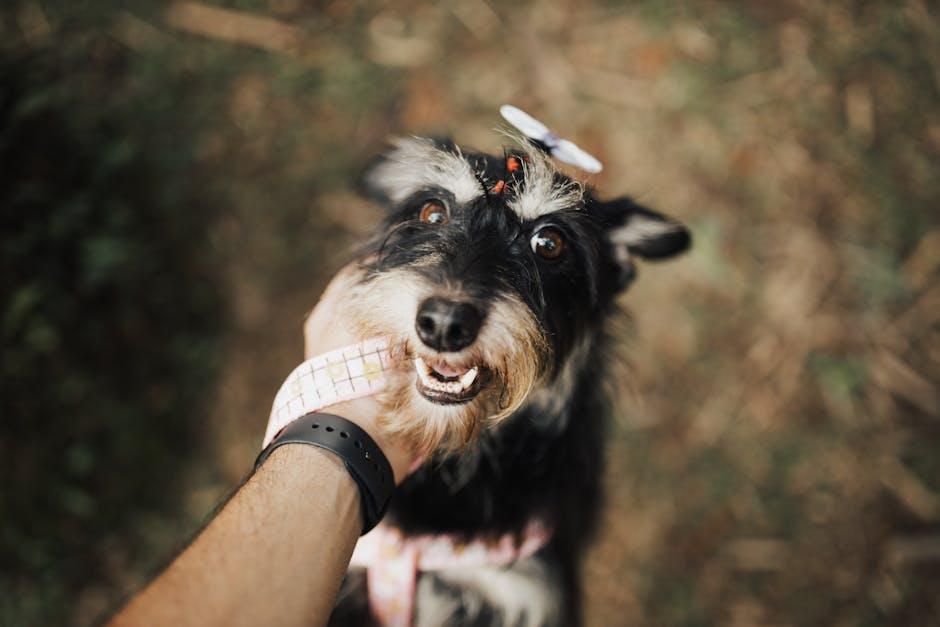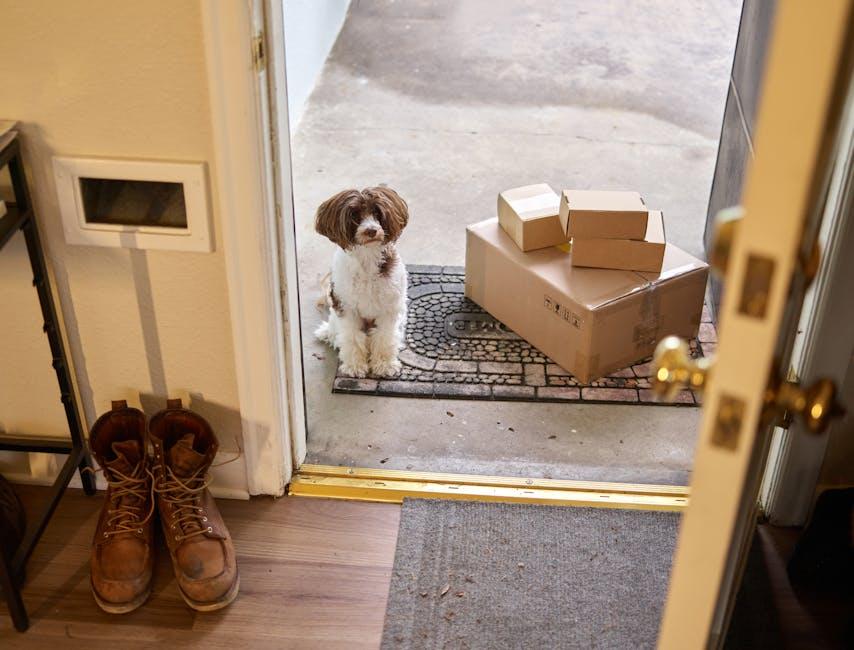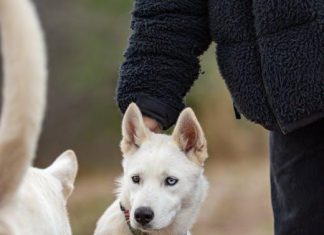Welcoming a new puppy into your home is an exciting journey filled with joyful moments and a few challenges. One essential skill every puppy parent should teach is how to wait patiently at doorways. This simple yet crucial command not only ensures the safety of your furry friend but also fosters a harmonious living environment. In this guide, we will explore the best techniques to train your puppy to wait at doorways, transforming this task into a fun and rewarding experience for both you and your pet. With patience, consistency, and a dash of love, you’ll soon have a well-mannered pup who knows exactly how to behave at every threshold.
Understanding Your Puppys Perspective and Patience
To truly connect with your puppy and teach them to wait at doorways, it’s crucial to understand their perspective. Puppies are naturally curious and full of energy, eager to explore their surroundings. This means that they often act impulsively, not out of disobedience, but from a sheer excitement to learn about the world. Empathy is key here. By putting yourself in their paws, you can create a training environment that’s both effective and nurturing.
Patience is your best ally in this process. Puppies thrive on positive reinforcement and gentle guidance. Here are some ways to cultivate patience in your training sessions:
- Short Sessions: Keep training sessions brief to match their attention span. This prevents frustration for both you and your puppy.
- Consistent Commands: Use the same command every time, such as “wait” or “stay,” so your puppy can begin to associate the word with the action.
- Calm Environment: Minimize distractions during training to help your puppy focus solely on learning the new behavior.
Remember, building patience is a two-way street. While you expect your puppy to wait at doorways, they too are learning to understand and trust your cues. This mutual understanding lays the foundation for a harmonious relationship, where both you and your puppy feel understood and valued.

Creating a Consistent Training Routine with Positive Reinforcement
Teaching your puppy to wait patiently at doorways is not only a great exercise in impulse control but also a safety measure. To establish a consistent training routine, use the power of positive reinforcement. Start by creating a calm environment. Ensure your puppy is in a relaxed state before beginning the training session. Consistency is key, so set aside time each day for practice.
- Use Treats Wisely: Select small, tasty treats that your puppy loves. Keep them handy to reward your pup every time they successfully wait at a doorway.
- Cue and Command: Introduce a verbal cue like “wait” or “stay.” Pair this with a hand signal, such as a palm facing your puppy. This will help them understand what is expected.
- Gradual Progression: Start with short waits and gradually increase the time as your puppy becomes more comfortable with the command.
- Celebrate Success: Praise your puppy enthusiastically when they follow the command correctly. This reinforces the behavior and strengthens the bond between you and your furry friend.
Incorporate these steps into your daily routine to help your puppy learn patience and control at doorways. Remember, patience and consistency are your best allies in this journey. With time and practice, your puppy will master this skill, making your home a safer and more organized environment.

Practical Exercises to Master Doorway Waiting Skills
To help your puppy excel at waiting at doorways, incorporate a series of practical exercises into your daily routine. Begin with basic commands like “sit” and “stay,” which lay the foundation for more complex skills. Use these commands consistently whenever approaching a doorway, gradually increasing the duration your puppy is required to wait. Remember to offer positive reinforcement with treats and praise to encourage good behavior.
Introduce real-life scenarios to make the learning process engaging and relevant. For example, practice waiting when entering or exiting the house for walks, or when moving from one room to another. Vary the environments and distractions to challenge your puppy and build their confidence. Here are some scenarios to try:
- Practice waiting at the door before going outside for playtime.
- Encourage patience when entering the car for a trip.
- Work on staying calm at the threshold when guests arrive.
Lastly, maintain consistency in your approach. Ensure everyone in the household is using the same commands and techniques, fostering a harmonious training environment. Over time, your puppy will learn to wait patiently at doorways, enhancing both their obedience and your peace of mind.
















